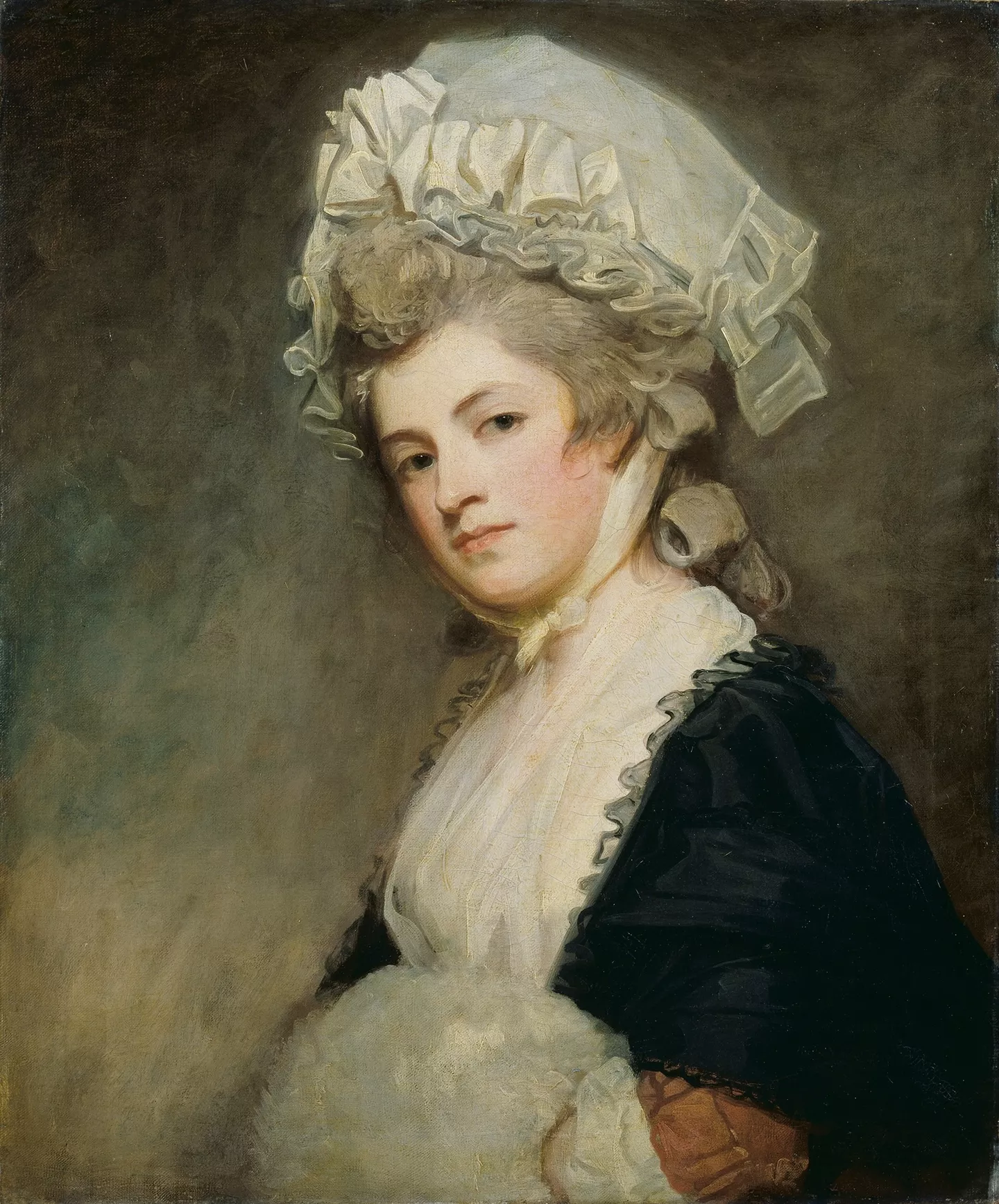
Mary Darby Robinson
Mary Robinson (27 November 1757 – 26 December 1800) was an English actress, poet, dramatist, novelist, and celebrity figure born in Bristol. During her lifetime she was known as "the English Sappho". She earned her nickname "Perdita" for her role as Perdita (heroine of Shakespeare's The Winter's Tale) in 1779. She was the first public mistress of King George IV while he was still Prince of Wales.
Mary Robinson (27 November 1757 – 26 December 1800) was an English actress, poet, dramatist, novelist, and celebrity figure born in Bristol. During her lifetime she was known as "the English Sappho". She earned her nickname "Perdita" for her role as Perdita (heroine of Shakespeare's The Winter's Tale) in 1779. She was the first public mistress of King George IV while he was still Prince of Wales.

